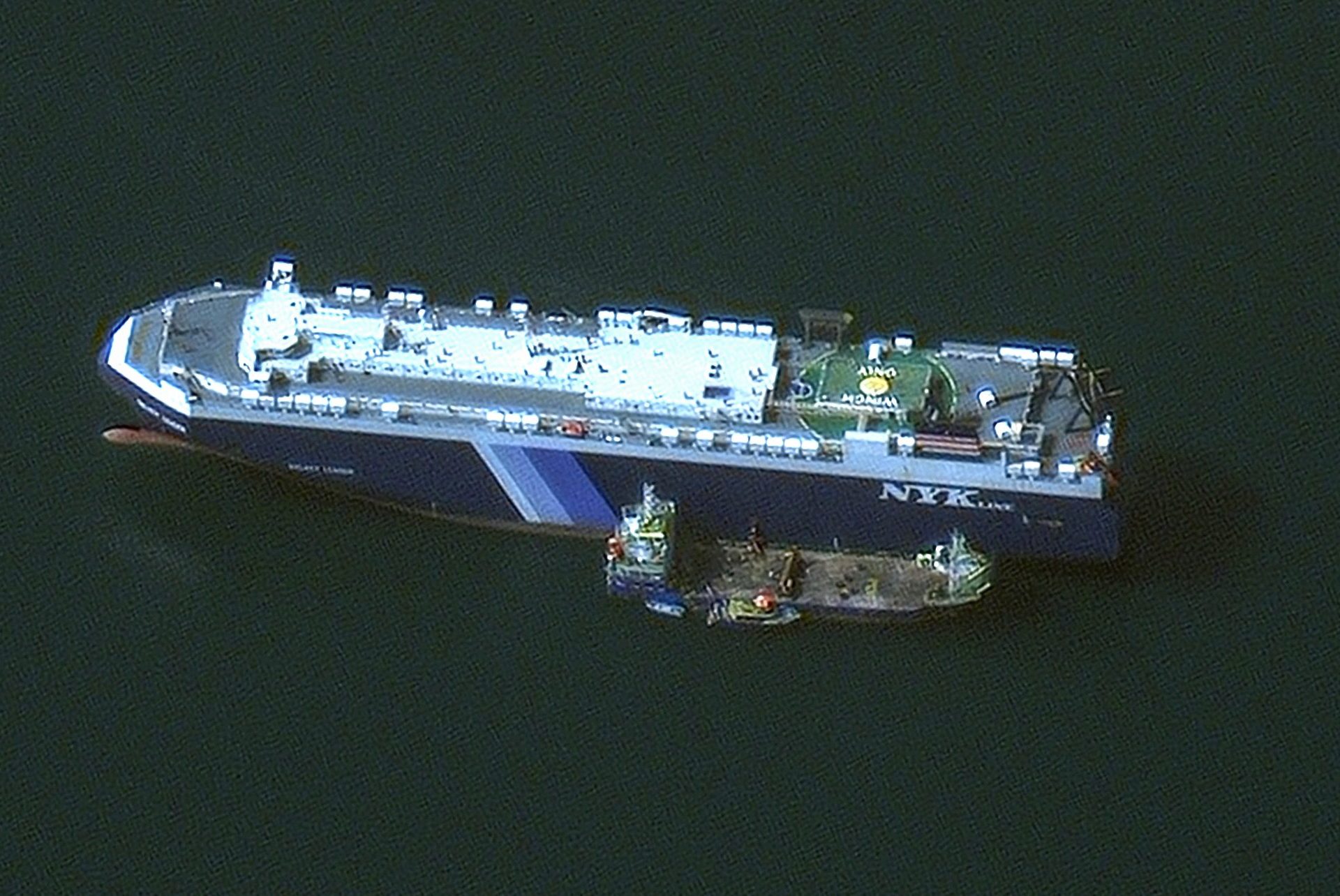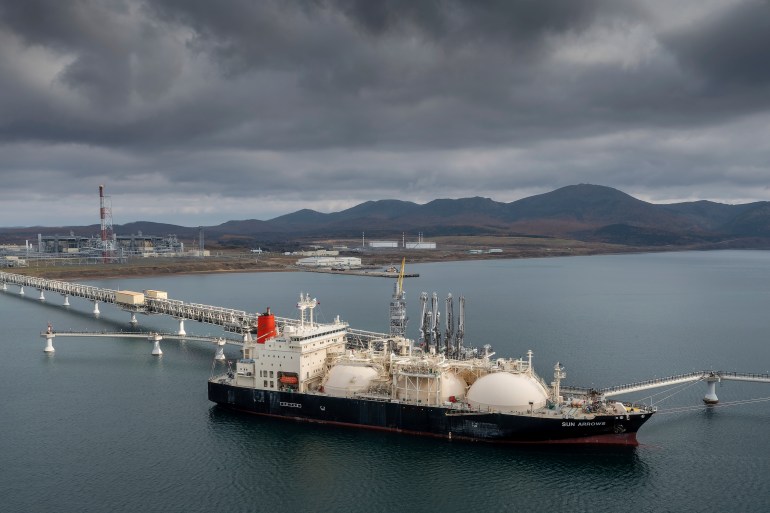
New Delhi, India – Demand for Indian basmati, the aromatic long-grain rice, from traditional buyers in the Middle East, the US and Europe has declined as it has become expensive. The reason is escalating tensions in the Red Sea, the shortest and most efficient trade route for ships traveling from Asia to Europe.
Attacks by Yemen’s Iran-backed Houthis on merchant ships sailing through the Red Sea have forced shipowners to avoid one of the world’s most important trade routes. The alternative longer route around the Cape of Good Hope at the southern tip of Africa added more than 3,500 nautical miles (6,500 km) to the journey and added nearly half a month of sailing time to each trip, significantly increasing shipping costs.
“Exporting basmati from India has become a challenge for shippers as freight costs have increased five times due to increase in insurance premiums, shortage of containers and longer transit time,” said Vijay Kumar Setia, director, Chaman Lal Setia Exports Ltd former President of All India Rice Exporters’ of India.
Some of the stocks are lying in various ports or processing plants, while some of the stocks are currently being sold in the domestic market, resulting in a price drop of about 8 percent in the local market.
India, the world’s largest rice exporter, ships over 4.5 million tonnes of basmati rice from the country annually. Around 35 percent of the approximately 7.5 million tons of production are shipped via the Red Sea to Europe, North America, North Africa and the Middle East.
“Buyers are hesitant to buy at higher prices,” Setia said. “Some exports are going on, but business is not going so smoothly. We are losing profits due to higher logistics costs.”
As with basmati, the chaos in the Red Sea is disrupting the transport of products from India, from tea to spices and grapes to buffalo meat, leading to losses for exporters. Likewise, imports of fertilizers, sunflower oil, machinery components and electronic goods to India are delayed, increasing the risk of higher costs for consumers. This has raised concerns that the unrest will lead to supply chain problems and a decline in trade, halting a slowdown in food inflation.
India relies heavily on the Red Sea route through the Suez Canal for its trade with Europe, North America, North Africa and the Middle East. These regions accounted for about 50 percent of India’s 18 trillion rupees ($217 billion) in exports and about 30 percent of its 17 trillion rupees ($205 billion) in imports in the year ended March 2023, according to CRISIL Ratings .
Shipping is currently delayed by 21-28 days. The crisis could cost the country more than $30 billion in exports for the fiscal year ending in March, hitting exports by about 6.8 percent from $451 billion a year ago, said Sachin Chaturvedi, director general of the Research and Information Systems for Developing Countries, a think tank based in New Delhi.
Official estimates of the impact on India’s trade will be announced when the government releases export and import data for January around mid-February.
Houthi rebels have been carrying out missile and drone attacks on cargo ships in the Red Sea since November. They say the actions are a response to Israel’s war on Gaza. Retaliatory strikes by a U.S.-led coalition to support the safe movement of ships have not stopped Houthi attacks.
Shipping costs are increasing
To avoid risks, the shipping industry has temporarily suspended transit through the Suez Canal. The average number of tankers and cargo ships transiting the Suez Canal fell about 46 percent in the two months ended Jan. 28, while trips around the Cape of Good Hope rose 32 percent, according to International Monetary Fund PortWatch data .
Shipping costs have now increased. According to Drewry’s World Container Index, the average price to transport a 40-foot (12-meter) container on a cargo ship rose 161 percent to $3,964 on Jan. 25, from $1,521 on Dec. 14.
The chaos is worrying India. Around half a dozen ships en route to India or with Indian crews on board were attacked – allegedly hijacked by Houthis or by armed pirates. In response, India has increased its maritime presence in the Arabian Sea by deploying about a dozen warships.
But the fear is so great that about 25 percent of outbound shipments passing through the Red Sea have been held up and about 95 percent of cargo ships from India have been diverted through the Cape of Good Hope, said Ajay Sahai, director general of the Red Sea Association of India Export organizations established by the Indian Ministry of Commerce and Industry.
Imports are becoming more expensive, exports are hurting

However, there is no disruption in oil flows despite the Red Sea being one of the most important oil supply routes for India, which imports 80 percent of its crude oil needs.
Russia emerged as one of India’s largest suppliers of crude oil in 2023, accounting for more than a third of its imports. According to S&P Global, unlike other sectors, there is no diversion of Russian ships carrying crude oil to India via the Red Sea.
But supplies of sunflower oil have become tight for India, the world’s largest importer of vegetable oil. With most ships from Russia and Ukraine being rerouted through the Cape of Good Hope, freight costs have increased by 35 percent and transit time by 15 days, said Sandeep Bajoria, CEO of Sunvin Group, a vegetable oil broker. Some of the higher costs were passed on to consumers, he said.
Fertilizer deliveries have also been delayed and logistics costs have increased, Chemicals and Fertilizers Minister Mansukh Mandaviya told reporters, adding that India will not face a shortage of fertilizers, which are crucial to the country’s food security because there are sufficient reserves.
But the crisis is affecting exports of buffalo meat. India is one of the largest suppliers of buffalo meat in the international market. About 60 percent of the country’s shipments go via the Red Sea to countries such as North Africa and Russia.
Freight costs have increased three-fold and deliveries have been delayed by around two to three weeks, said Fauzan Alavi, spokesman for the All India Meat and Livestock Exporters Association.
Tea exports are also suffering huge losses as logistics costs have increased by at least 60 percent and transit time has doubled, said PK Bhattacharjee, general secretary of the Tea Association of India.
“Now we expect the Red Sea crisis to last for quite a long time,” said Sahai of the Federation of Indian Export Organizations. “If this happens, the supply chain will continue to be disrupted and containment of inflation will be delayed.”
The government has set up an interministerial panel to monitor the crisis.






Recent Comments